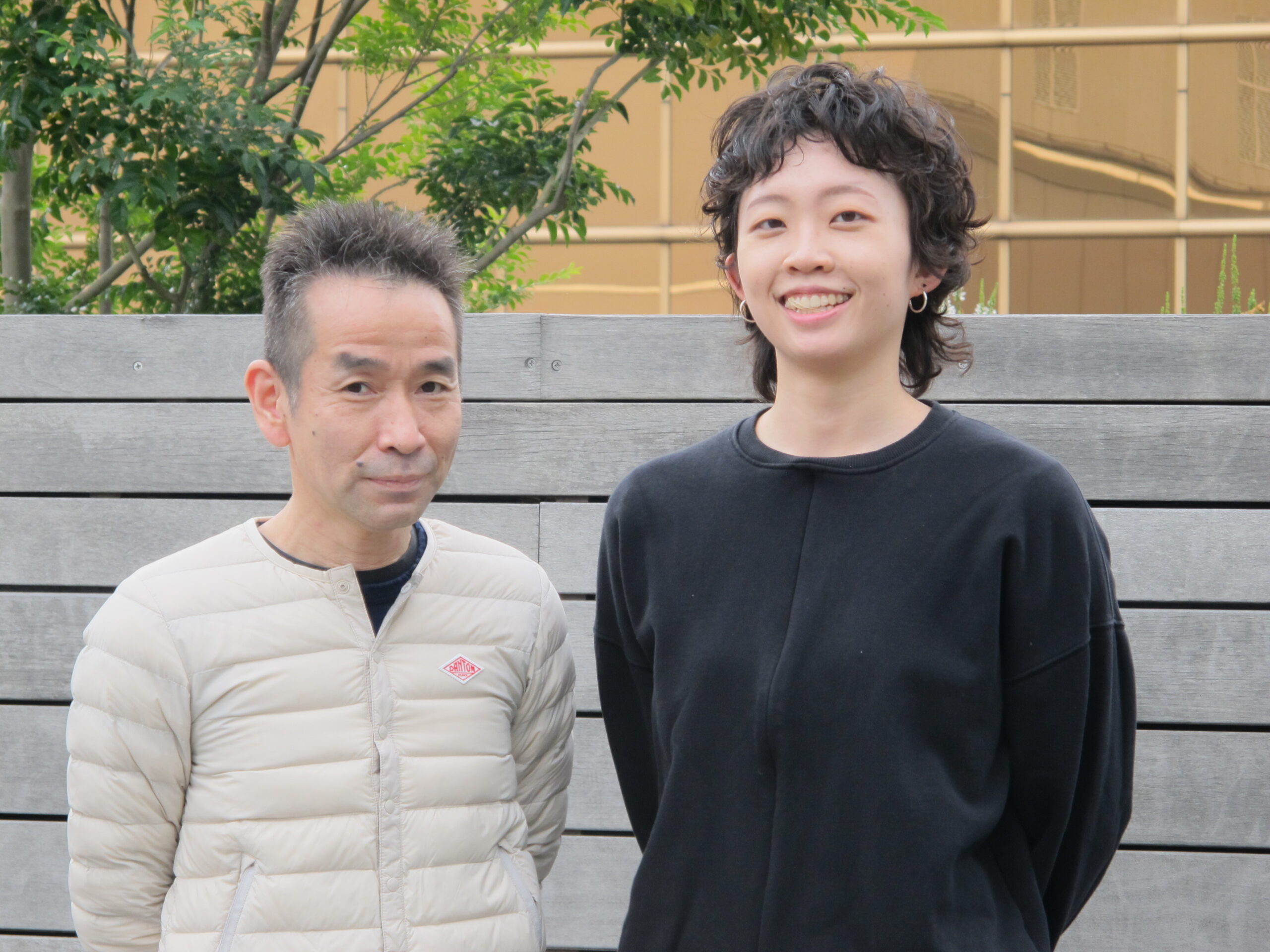
As a gesture of thanks to his long-time collaborator, Shuji Onodera, the departing artistic director of Kanagawa Arts Theatre, Akira Shirai, didn’t just ask the renowned mime artist and choreographer to create a new work for the theater, saying he could do whatever he wanted with whoever he chose.
As if that wasn’t carte blanche enough, Shirai, 63 — who leaves in March after five years at KAAT (the official acronym of his Yokohama base) — also told Onodera not to worry about the normal practice of casting celebrities just to help sell tickets.
With such an astonishingly blank canvas to work on, Onadera — who studied mime in Paris in 2006 and has often performed in Europe and the United States — created “knife,” his mime/dance adaptation of 1880’s short story “Boule de Suif” (“The Dumpling”), a famously incisive depiction of human nature by the French writer Guy de Maupassant.
And to present this new work, which he directs and performs in with five other Japanese dancers including French-resident Akiko Kajihara and Dakei, a deaf Butoh artist, 54-year-old Onadera also called on two foreigners he’s worked with before — Taiwanese actress/dancer Juichu Liu, and Vietnamese dancer Nung Van Minh.
Set during the 1870–71 Franco-Prussian War, in which northern France was swiftly overwhelmed by enemy forces, the original novel revolves around 10 people trying to flee in a stagecoach some 90 kilometers west across Normandy from Rouen to the coastal town of Le Havre.
Comprising one couple who are shop-owners, another who are factory owners, a count and countess, a bureaucrat, two nuns and a prostitute named Elisabeth Rousset, the passengers represent a microcosm of French society at the time.
At first the others deride Rousset, who they call Boule de Suif (Dumpling), but their attitudes change when she offers to share her food as they have none of their own. When the stagecoach is halted by Pussian soldiers, though, an officer demands to have his way with Rousset before he’ll let them go. After initially expressing their disgust, the others’ feigned morality is soon exposed when they become impatient and tell her to give in — a self-sacrifice Rousset accepts for the good of her companions. But then, when they are all released, the nine others again deride and ostracise “the Dumpling.”
As to why he chose to base his new work on that story from 140 years ago, Onodera — who has long been famous for “storytelling” mime-dance productions by his companies Mizu to Abura (Water and Oil) and Derasinera — says it poses many uncomfortable questions relevant to our world today.
And he adds, “Mime is low on explanations compared to theater because there are no words, but that allows it to act powerfully on an audience’s imagination and affect them in unexpected ways. And I believe our multi-cultural team adds to that even more.”
Due to the pandemic, though, this hasn’t been the kind of international collaboration project Onodera has been used to — not least because the non-Japanese guest performers had to undergo two weeks’ quarantine.
For her part Liu, who came from Taipei where only seven Covid-19 deaths have been recorded, talked about her isolation period in a small apartment in Yokohama, where she had her first-ever experience of online rehearsals.
“It was really difficult for me,” she says. “I wanted to discuss the theme of the work with the others but we didn’t have time. Also, the room was too small to really move around, so I am now very happy to join the team in KAAT’s rehearsal room. And even though I am not fluent in Japanese, I can get lots of information and feel unity from seeing their movements with my own eyes.”
Sitting next to Liu, Onodera nodded, saying he had altered his way of working due to the pandemic. “While they were in quarantine, I gave them some tips from the text and let them improvise or make scenes from my hints. Then I collected those materials and composed some scenes.
“Honestly, though, I haven’t had enough time to work on every detail, so I’ve tried to make each scene more of a rough framework than usual, with less emphasis on small details. I think that because of Covid-19 many artists are searching for new ways to create works, so I’m not ashamed to display how we are now struggling to the audiences. That is my declaration as an artist. The piece might be a rough-cut, but it is the vivid fruit of our collaboration.”
On the other hand, Onodera wasn’t afraid to express confidence in his new creation — a confidence he says mainly stems from the specially chosen cast, all of whom he’s worked with before.
Besides the cast, Onodera was at pains to praise his Vietnamese costume designer, Vu Duc Doan Hung, adding that the set by Ai Harada is “very simple and quite abstract, with a moveable wall and a box that’s the stagecoach and other things.”
Explaining the Vietnamese presence in this production, Onodera said he visited Vietnam and Thailand after being appointed as a Japan Cultural Envoy by the Agency for Cultural Affairs in 2015, and that was when he met Minh. After that, a series of collaborations he directed between Japanese and Vietnamese artists led to successful stagings of his original work “Without Signal!” at KAAT in 2017 and in Hanoi the next year, followed by its sequel, “Waiting for The Signal!,” presented at KAAT in 2019.
“I enjoyed those works so much,” Onodera says. “That experience of working in broken English with people from different cultural backgrounds acted as a stimulus to me and was definitely one of the turning points of my career.
“Honestly, we can share our feelings even without words or a common language … and there are some I can’t do that with even though we’ve spent a long time together and we both talk in Japanese.”
Then finally, as if to amplify Onodera’s feelings, Liu adds: “Though I haven’t read Maupassant’s novel, I think Onodera’s new work tackles how we will have to be in the face of Covid-19.
“To join this project, I had to worry about flying to Japan and staying away from other people for a while … and I suppose all kinds of things like that will be reflected in this production.
“So I think the audiences will see our collectively unknown future course, and in the last part of this work whether our lives will be better, or not.”
*** “knife” runs at Kanagawa Arts Theatre in Yokohama, a 5-min. walk from Nihon Odori Station on the Minato Mirai Line.
For details, call 0570-015-415 or visit www.kaat.jp.

